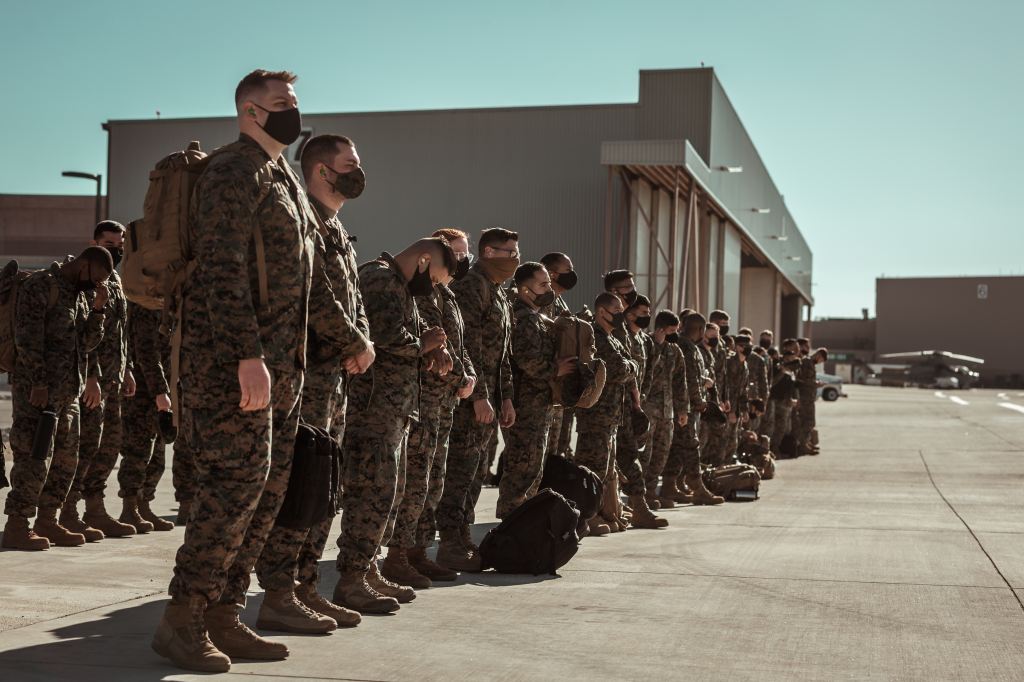
A couple years ago, I think it was in 2020 or 2021, I proposed the idea that some members of my extended family listen to the podcast, Seeing White. The goal was to listen to one episode per week, and then discuss it together on a group text message chat. I suggested this idea because these family members had already been having a conversation on the group chat about racism in the United States. The podcast Seeing White had profoundly helped me learn about racism, and I though it would help them too.
The main theme of the podcast is that we white people need to see our whiteness in order to help us at least begin to understand the experience of people of color in a majority white world. In a documentary style the podcast works step by step through the history of race in America. I found it very fair and balanced. Convicting, for sure. But fair. I highly recommend all of you listen to it.
One family member said they would join me. This person listened to the first episode, a 15+ minute introductory episode, didn’t like it, and decided to stop, saying they would not be continuing and didn’t want to talk about it.
Why am I telling you this story? Once per quarter, I blog about current events. Often I look at that week’s headlines, and try to help us apply biblical theology to a hot topic in our world. Over the years, some people in my church have suggested topics that I might consider for these current event weeks. I welcome their input and yours. They’ve had great ideas. One suggestion was about lawn care (posts start here), and another suggestion was about artificial intelligence (posts start here). This week’s topic is also one of their suggestions: What does the Bible have to say about how we talk with people with whom we have disagreements?
In particular, what do I do when those in my family, my neighborhood, my community think very differently than I do about social issues, politics, and how to live as a follower of Jesus? You can check out the preview post here.
Faith Church numbers about 110 people, and that means we have a variety of opinions about things. Sometimes we disagree! Shocking, I know. But my guess is that your church family is similar, no matter how big or small.
To begin to learn about how to talk with people who disagree with us, let’s take a look at the beginning of 1st Corinthians, where Paul makes a provocative statement. In 1 Corinthians 1:10, Paul writes, “I appeal to you, brothers and sisters, in the name of our Lord Jesus Christ, that all of you agree with one another in what you say and that there be no divisions among you, but that you be perfectly united in mind and thought.” What is Paul talking about?
The Christians in Corinth had all sorts of issues and were fighting, and Paul had to deal with it. Paul was interested in unity not uniformity. Uniformity is when everything is identical. Like the Army. I remember going to Fort Sill, Oklahoma, to watch our son graduate from boot camp. The first event was a demonstration where all the soldiers in the unit perform various military tactics they had learned throughout boot camp. Tossing grenades. Marching formations. Military tactics. Then at the conclusion of the demonstration the soldiers were allowed to visit with their family members for the first time in two months. The soldiers all lined up, and they looked exactly the same standing in a row. That’s not what Jesus and Paul call us to. We are not called to uniformity. We are called to unity.
Unity means you can have lots of variances of opinion. How do we have unity when there are times we have such strong disagreements?
We can talk about the pyramid of beliefs where the top part of the pyramid holds the essential beliefs, those things we must agree on to be called brothers and sisters in Christ. Just like the top of a pyramid is small, essentials are very few in number like Jesus being God, and that he died for our sins and rose again bodily from the dead. Etc. But there are a great many things we Christians can disagree about. Those things are the nonessentials on the second and third tiers of the pyramid.
Later in 1st Corinthians Paul brings up a third tier issue for the Corinthian church. Some were okay with it, some were not okay, and people were offended. What was this offensive issue? In the next post, we’ll find out.
Photo by Joel Rivera-Camacho on Unsplash
Joel,
Thank you for sharing your personal experience with attempting to engage your family in discussions about racism through the podcast “Seeing White.” It’s a powerful example of the challenges we face when trying to navigate conversations about important social issues, especially when perspectives differ.
Your exploration of the difference between unity and uniformity, as illustrated by Paul’s message in 1 Corinthians, is enlightening. The analogy of the military demonstration at Fort Sill beautifully captures the essence of uniformity versus the organic diversity of unity. Your emphasis on embracing differing opinions within the bounds of essential beliefs resonates deeply.
I appreciate your approach of delineating between essential beliefs and nonessentials using the pyramid analogy. It provides a clear framework for understanding how we can maintain unity amidst diversity of thought within the body of Christ.
I look forward to reading your next post where you delve deeper into the issues faced by the Corinthian church and how Paul addressed them. Keep up the valuable work of applying biblical principles to contemporary challenges.
Warm regards, [mathew]
Thanks for your kind words, Matthew! I’m so glad the post was helpful. I hope the other posts are helpful as well.